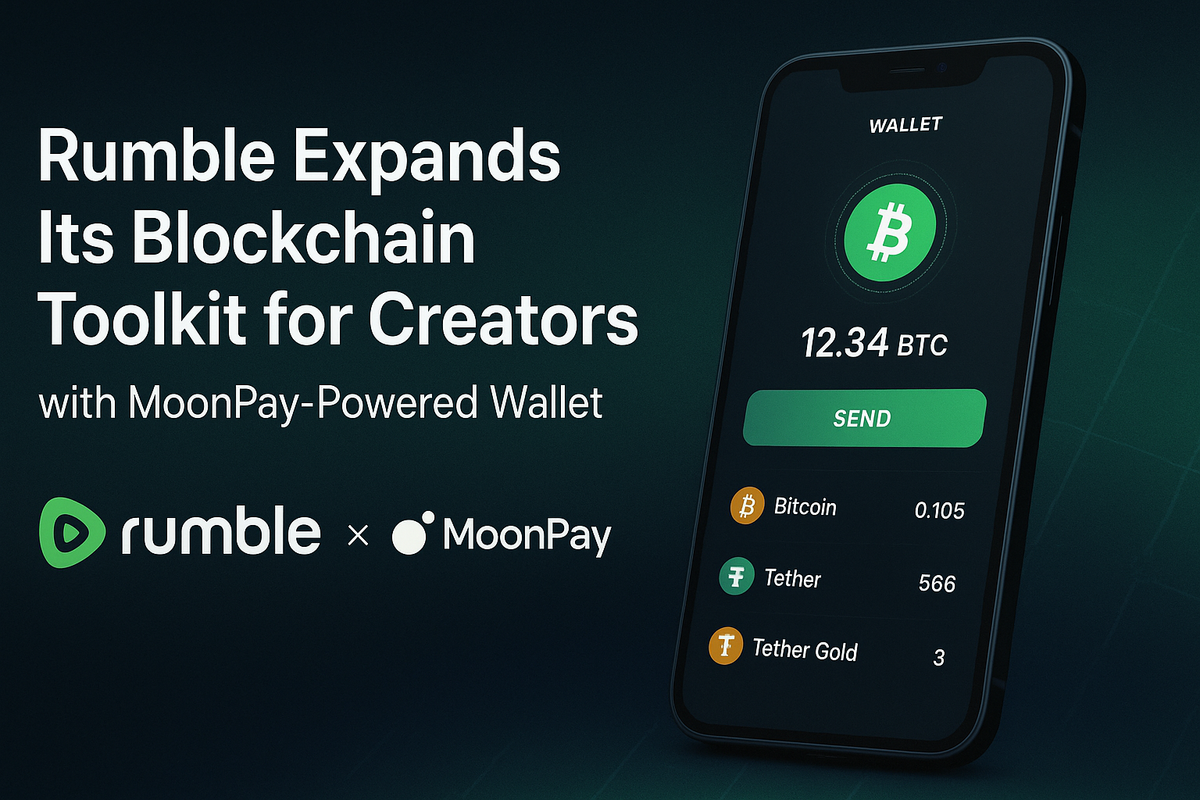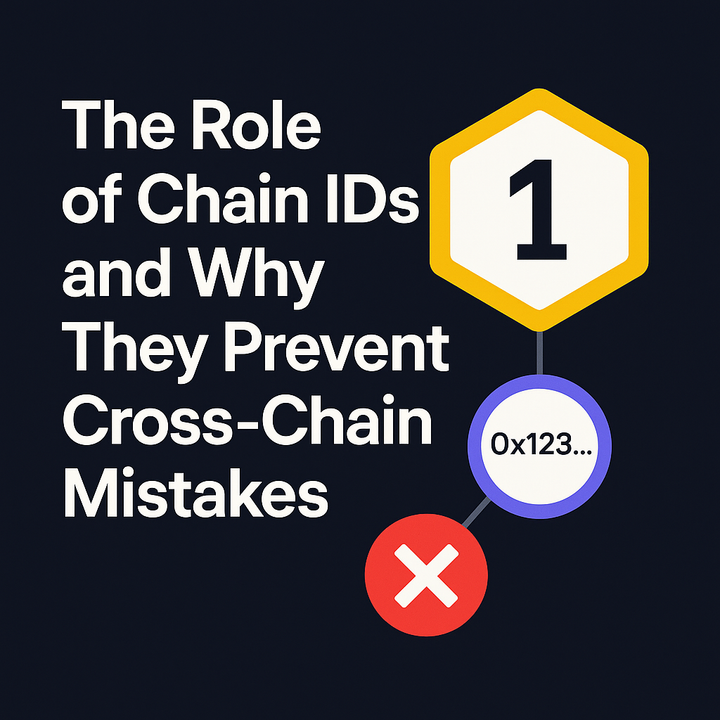Rumble Expands Its Blockchain Toolkit for Creators with MoonPay-Powered Wallet.

Longboat Key, Fla., July 10, 2025 — Rumble (NASDAQ: RUM), the online video platform known for promoting free expression and alternative media, has taken a major leap into the Web3 creator economy with the upcoming launch of the Rumble Wallet.
Built in partnership with fintech leader MoonPay and backed by Tether, the Rumble Wallet aims to give creators more control over their income, faster payouts, and new ways to connect with audiences. The launch is scheduled for Q3 2025.
Why This Development Matters
In today’s creator economy, most platforms control how and when creators get paid. Delays, high fees, and even censorship can prevent creators from earning their full value. Rumble’s blockchain-based wallet is designed to solve these problems by enabling direct, peer-to-peer payments in cryptocurrency.
This approach removes traditional gatekeepers, giving creators financial independence and audiences more choice in how they support their favorite content.
How the Rumble Wallet Works
The Rumble Wallet combines three main components:
- MoonPay-Powered On/Off-Ramps
- On-Ramp: Viewers can support creators using familiar methods, credit/debit cards, Apple Pay, PayPal, or Venmo, seamlessly into cryptocurrency.
- Off-Ramp: Creators can convert crypto earnings back into local currency quickly, without needing to go through complex exchanges.
- Multi-Asset Support with Stability
- At launch, the wallet will support Bitcoin (BTC), Tether (USDT), and potentially Tether Gold (XAUT).
- USDT and XAUT provide price stability, which is crucial for creators who want predictable income rather than exposure to volatile crypto prices.
- Rumble Cloud Integration
- Through MoonPay’s creative arm Otherlife, the wallet connects with Rumble Cloud, a decentralized storage and compute platform.
- This means not only payments but also hosting and distribution of content can be free from centralized control.
Practical Ways Creators Can Use the Rumble Wallet
To meet the demand for actionable details, here’s how creators could integrate this tool into their workflow:
- Direct Fan Tipping: Viewers can send tips instantly during livestreams or after watching videos, without going through ad revenue systems.
- Subscription Payments in Crypto: Creators can offer premium content subscriptions payable in BTC or USDT.
- Merchandise Sales: Pair the wallet with online stores to accept global crypto payments without extra middleman fees.
- Event Crowdfunding: Launch campaigns for creative projects and receive contributions in stablecoins, avoiding banking delays.
Educational Impact: Breaking Down the Web3 Terms
- On/Off-Ramps: These are the bridges between traditional money (fiat) and crypto. MoonPay makes it as easy as making an online purchase.
- Stablecoins: Cryptocurrencies pegged to a stable asset (like the US dollar or gold) to avoid drastic price swings, ideal for steady earnings.
- Decentralized Storage: Content is stored across multiple nodes instead of one central server, reducing censorship risk and downtime.
By integrating these concepts, Rumble is making blockchain tools approachable even for creators with little or no crypto experience.
Strategic Advantages for Rumble
- Differentiation: While YouTube, TikTok, and Twitch rely on ad-heavy models, Rumble offers creators ownership of both their content and income channels.
- Creator Loyalty: Faster, more transparent payments can boost creator retention and attract top talent.
- Cross-Industry Potential: With multi-asset support, the Rumble Wallet could also appeal to journalists, educators, and independent filmmakers.
Conclusion
The Rumble Wallet is more than a payment tool, it’s a step toward a truly creator-owned economy. By merging user-friendly payment rails, stable cryptocurrency options, and decentralized infrastructure, Rumble is setting a new standard for how creators can earn, store, and protect their income.
When it launches in Q3 2025, the Rumble Wallet could become a model for other platforms seeking to align with the principles of Web3: freedom, transparency, and empowerment.



Comments ()